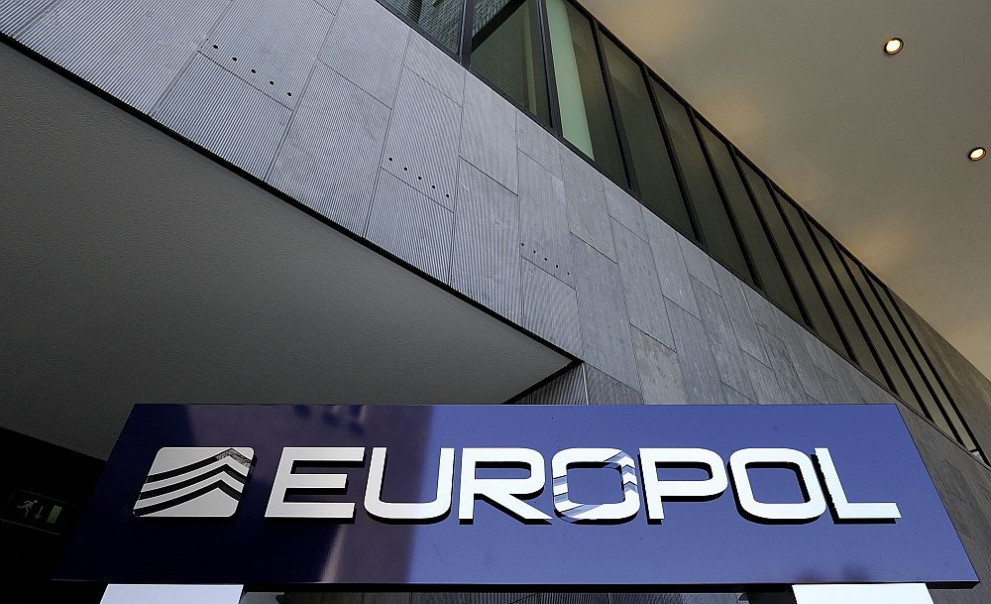Bulgarian authorities, in coordination with Europol, have arrested eight individuals suspected of involvement in a major migrant smuggling ring. The operation, which took place on Monday, targeted 15 locations around Plovdiv, Bulgaria’s second-largest city.
Europol reported that half of the suspects arrested were identified as “high-value targets” due to their significant roles in the smuggling network. During the raids, law enforcement seized a variety of items, including ammunition, weapons, and mobile phones.
The investigation, a collaborative effort among Bulgarian, Romanian, and Moldovan authorities, uncovered that the criminal gang allegedly charged between €4,000 and €6,000 to smuggle migrants from Turkey into Bulgaria and other European destinations via the Western Balkan route. This route is a major corridor for illegal migration into Europe, with nearly 100,000 reported incidents of illegal crossings into the EU in 2023 alone.
Migrants would reportedly cross the Turkey-Bulgaria border on foot with the assistance of “guides” provided by members of the smuggling ring based in Turkey. Once at the border, the migrants were picked up at night and transported to the Bulgaria-Serbia or Bulgaria-Romania borders.
Europol’s investigation revealed that the leadership of the smuggling ring comprised nationals from Syria and Jordan. Bulgarian members of the gang were primarily responsible for logistics, including acquiring and using vehicles for transportation. These vehicles were often registered under different names in exchange for a small payment. Moldovan nationals, recruited online, served as drivers, receiving €100 per person transported.
Communication within the gang was reportedly conducted through disappearing messages on various phone apps, making it difficult for authorities to track their activities.
The crackdown highlights the ongoing challenges faced by European nations in combating organized migrant smuggling networks and underscores the importance of international cooperation in addressing these complex criminal operations.


